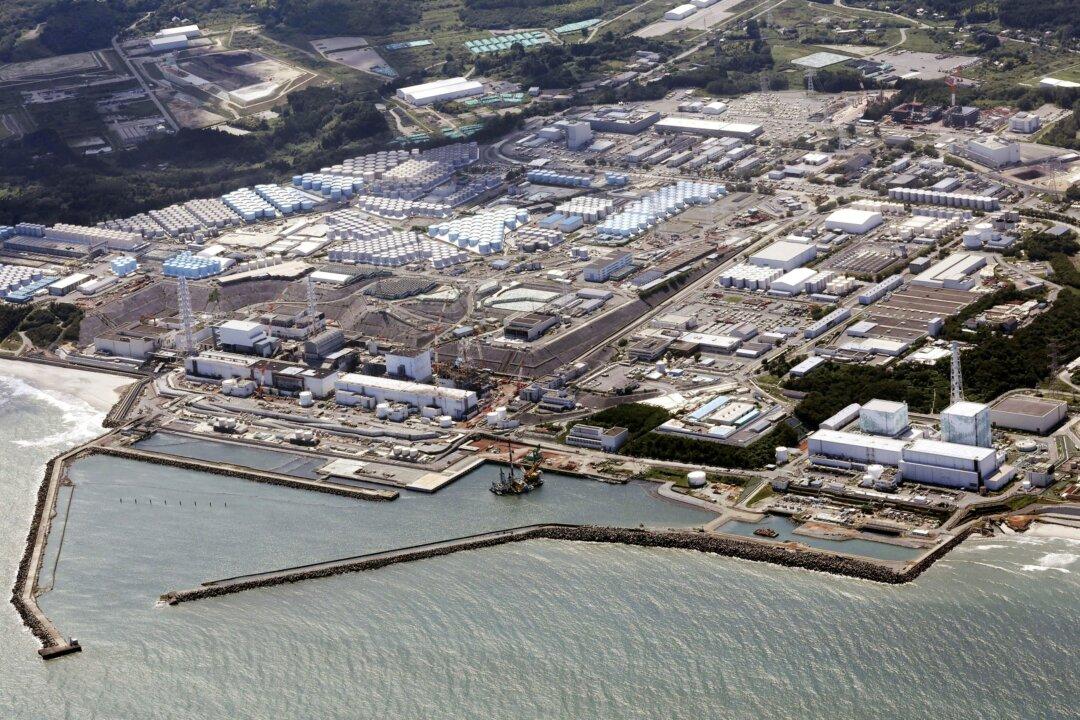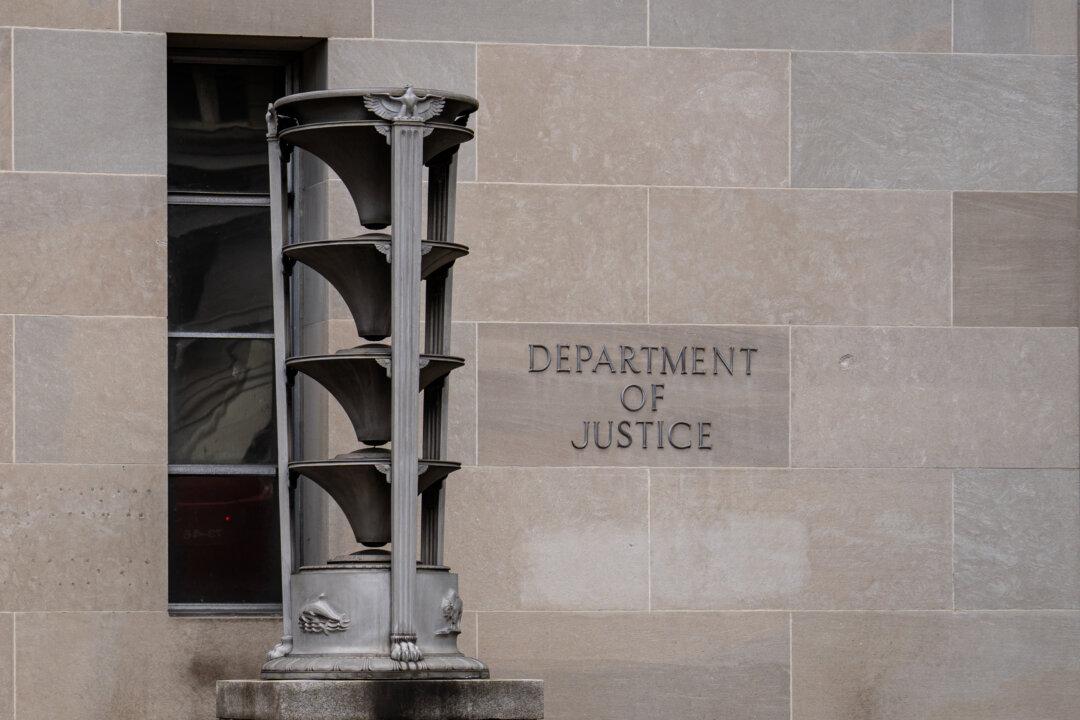Japan began releasing a second batch of treated wastewater from the tsunami-wrecked Fukushima nuclear power plant into the sea on Thursday despite the first round facing strong opposition from China.
Tokyo Electric Power Company Holdings (TEPCO) said this round of treated water discharge will span over 17 days, with an estimated total release of 7,800 tons, the same as the first phase, Kyodo News reported.





